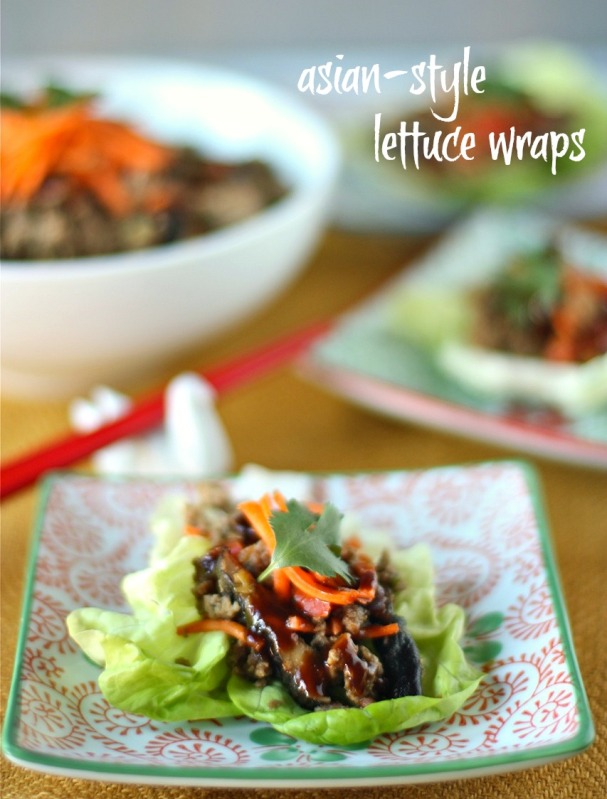These Asian-style lettuce wraps make a great appetizer for your next party or a light, yet filling, main dish your entire family will enjoy. Filled with lean ground turkey, shiitake mushrooms, water chestnuts, bell peppers, and carrots, they’re healthy and full of flavor. Continue reading
Tag Archives: green onions
corn cakes with strawberry and tomato salsa
Thanks to the abundant sunshine, fertile soil, and cool coastal breezes, farmers up and down the state of California are able to grow a huge variety of crops, many of which are shipped all over the country. We are fortunate to live here in Southern California, where we have access to many of these locally grown fresh fruits and vegetables. Many of them, such as those featured in today’s recipe, are at their peak of flavor during the late spring to early summer.
raw: italian yellowtail crudo with basil-orange vinaigrette
Over the last couple of posts, I’ve taken you to Hawaii for salmon poke and to Tahiti for poisson cru. Today, I’m taking you halfway around the world to Italy for pesce crudo, which literally translates to “raw fish.” It is similar to the Japanese sashimi, but instead of wasabi, soy sauce, and pickled ginger, Italians traditionally dress the fish with extra-virgin olive oil, lemon, and sea salt. As with the other raw fish dishes I’ve shared with you, the key to crudo is to use the freshest quality ingredients and let their flavors shine.
raw: hawaiian-style salmon poke
Sushi is arguably the most popular raw fish dish (and my absolute favorite), but there are many other raw fish dishes from around the world. Over the next few posts, I would like to share my interpretation of some other raw fish dishes I’ve enjoyed. First up is poke, a staple of “pupu” platters across Hawaii, traditionally made with cubed raw fish marinated in Hawaiian sea salt, soy sauce, roasted crushed candlenut, sesame oil, ogo or other types of seaweed, and chopped chili pepper.
mongolian beef
Last night, Chinese communities around the world welcomed the Year of the Dragon with festive traditions that were meant to attract good health and prosperity, as well as closer family ties, peace, and harmony in the home. In honor of the Lunar New Year, I made Mongolian Beef, one of the more popular dishes found in Chinese-American restaurants. It is a simple beef dish typically made with flank steak or tenderloin and stir-fried with scallions in a brown sauce containing many ingredients typically found in Chinese cuisine – oyster sauce, hoisin sauce, soy sauce, and Chinese cooking wine, also knows as Shao Xing. The name, Mongolian Beef, is misleading because none of the ingredients or the method of preparation are drawn from traditional Mongolian cuisine. Chalk it up to some clever marketing ploy to name this dish in a way that conjures up a “more exotic” type of food. Continue reading





